Zero to One: Building a D2C Brand from Scratch
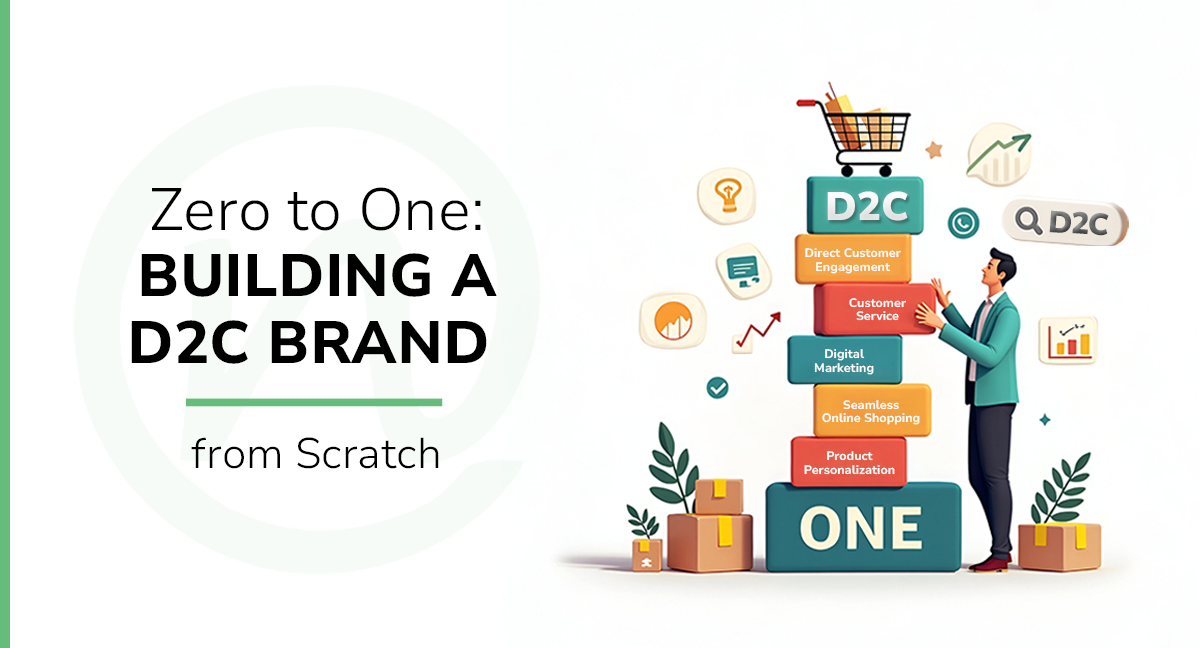
2nd May 2025 / in SEO / by Ruturaj Kohok
- Reading time: 6 mins 30 Sec
The D2C market is projected to turn into a MASSIVE opportunity! And it’s no surprise why – direct-to-consumer businesses are booming like never before, creating golden opportunities for entrepreneurs ready to jump in.
But here’s the catch – this gold rush isn’t without its challenges. Customer acquisition costs have shot through the roof due to fierce competition, making it tougher than ever to stand out in the crowded D2C space.
We know what makes the D2C business model so attractive – minimal startup costs, the ability to operate 24/7, and the potential for generating passive income.
But let’s be real, successful D2C brands don’t just happen by accident.
From finding your perfect niche and conducting detailed market research to maintaining that all-important balance between customer acquisition cost and lifetime value ratio, building a thriving D2C startup needs some serious strategic planning.
For founders aiming to create a winning D2C business, you need to align your personal skills and expertise with what your target market actually needs – a principle that thousands of successful startups across India and beyond have proven works wonders!
In this blog, we’ll walk you through the entire journey of building a D2C brand from the ground up, covering everything from initial research and product development to effective marketing strategies and common pitfalls you’d definitely want to avoid.
Let’s look at starting a D2C brand in three phases – research, development, and marketing.
Let’s jump right into this D2C startup guide!
1. Research Phase
Ever wondered why some D2C brands take off while others don’t?
The first step to launching a D2C brand is solid research. It is the foundation that holds everything else together.
The research phase helps you understand the playing field before pouring your hard-earned money into your business venture.
A. Define your business
Every successful D2C brand begins with a crystal-clear niche and audience.
Finding your perfect niche lets you create targeted marketing strategies while avoiding direct battles with bigger, established companies.
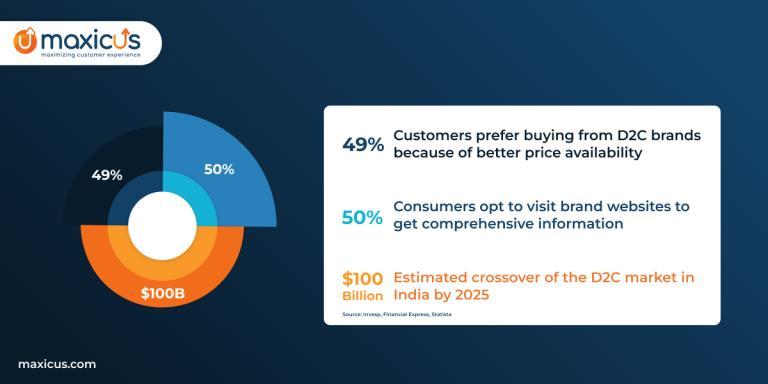
Source: Maxicus
Research shows consumers increasingly prefer shopping directly from brands that match their preferences and budgets, with 49% of consumers choosing direct shopping for better pricing.
Additionally, 50% of them visit brand websites for detailed information, thanks to which the D2C market in India is expected to reach $100 billion by this year.
First things first, identify a specific market need or problem your product solves. Ask yourself these crucial questions:
- What pain points does your product solve?
- Who exactly are your ideal customers?
- What specific features will set your product apart?
Remember – specialising in a specific area positions your brand as an expert in that niche, building credibility and trust with your target audience.
And trust me, that trust is GOLD in the D2C e-commerce world!
B. Conduct in-depth market research
Once you’ve figured out your direction, it’s time to dive deep into market research.
Currently, India is home to 800+ D2C brands with an estimated market size of over 80 billion U.S. dollars in 2024.
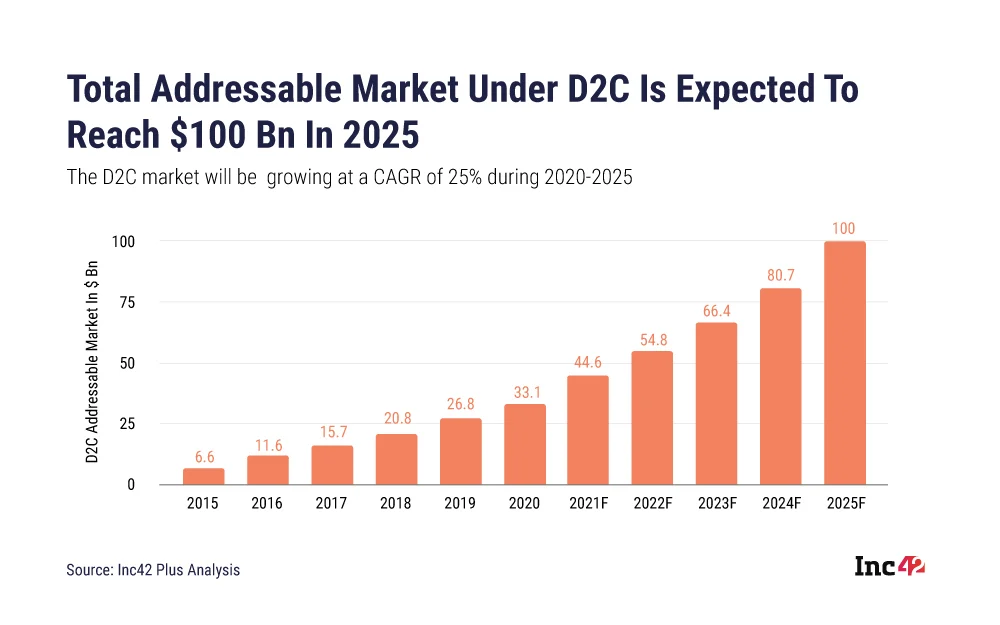
Source: Inc42
And here’s the kicker – as per Inc42, India’s D2C space is projected to become $100 billion this year in 2025, and reach a whopping $303.12 billion market opportunity by 2030.
Beyond market size, you also need to analyse your competitors thoroughly.
Regular review of pricing strategies helps you respond to immediate market changes while anticipating future trends.
When planning your pricing strategy, keep these essential factors in mind:
- Understand your competition through thorough market research
- Identify your target audience and their preferences
- Calculate your production costs before setting prices
- Define your value proposition clearly
C. Create strong branding
In the crowded landscape of D2C businesses, branding is EVERYTHING when it comes to standing out from the competition and building customer trust.
A well-defined D2C brand identity starts with a simple question: What do you want people to think about your business?
This foundation helps you develop a unique brand voice and image.
Your brand’s name should capture its essence and mission; even if it’s something unique and abstract, it must stir up emotion and trust in your target audience.
And let’s not forget about creating a distinctive logo and visual style – your logo should quickly and easily convey your brand’s identity and values.
Equally important is having a powerful, cohesive brand story that tells customers who you are, why you’re different, and why they should pick you over someone else.
This storytelling creates emotional connections with customers while establishing your brand’s identity.
2. Development Phase
A. Develop your product
The journey from concept to market-ready product typically takes between eight months to two years for most successful D2C brands.
Product efficacy is crucial – it’s the core differentiator that helps your brand thrive rather than just survive.
Throughout development, focus on solving specific customer problems you identified during your research phase.
Most D2C brands follow a need-oriented, design-forward process.
This involves multiple stages: initial concept development, prototyping, market testing, certification, and test runs before final production.
For quality assurance, implement thorough testing protocols. As successful founders often point out, showing early prototypes to potential customers provides invaluable feedback that can prevent costly mistakes.
B. Set up your website
Your website is your D2C brand’s digital storefront – first impressions matter!
When selecting an e-commerce platform, consider these critical factors:
- Scalability to handle business growth
- Customisation capabilities for brand alignment
- Integration options with marketing and logistics tools
- User-friendly interface for your team
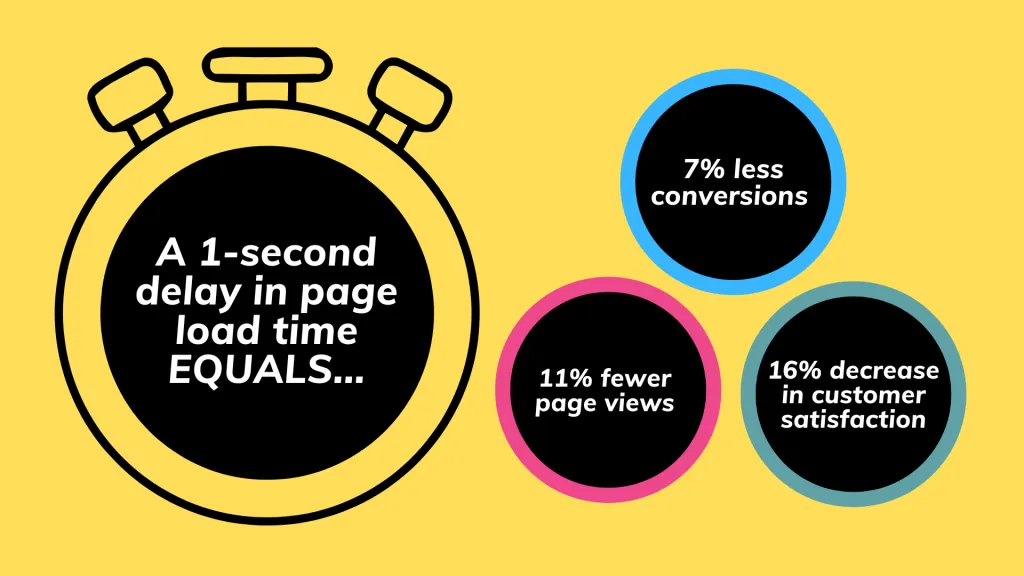
Source: Valido
Did you know that page loading speed significantly impacts conversions? A mere 1-second delay can reduce conversions by 7%,11% fewer page views, and 16% less customer satisfaction!
That’s why you should prioritise mobile optimisation, as mobile commerce is increasingly dominant.
The biggest decision to make here is choosing the right platform for your online store. You can pick from Shopify, BigCommerce, WooCommerce, Adobe Commerce, and more – each has its distinct features and benefits.
Make sure you create a clean, intuitive navigation system that helps customers find products quickly.
C. Have strong logistics
Robust logistics form the backbone of successful D2C business models.
For inventory management, implement systems that provide real-time visibility. Consider adopting FIFO (First-In, First-Out) or FEFO (First-Expired, First-Out) methods depending on your product type.
Strategically place warehouses closer to key customer bases to reduce shipping costs and delivery times.
Moreover, explore third-party logistics (3PL) partnerships, especially when scaling, as they offer expertise in warehousing, inventory management, and shipping.
For shipping optimisation, consider implementing multiple carrier integration to offer flexibility and competitive rates.
Additionally, focus on last-mile delivery optimisation, as it’s often the most expensive yet customer-critical part of the logistics chain.
3. Marketing Phase
With your product developed and website established, marketing becomes a D2C growth strategy.
Effective marketing creates a direct line between your brand and potential customers, building relationships that transform browsers into loyal customers.
A. Create a strong marketing strategy
Successful D2C brands use multiple marketing channels to reach their target audience directly.
Reviews and testimonials are particularly powerful, as they build credibility through authentic customer voices.
Word-of-mouth definitely remains one of the strongest drivers for D2C growth, with loyal customers serving as your best marketers.
For digital visibility, implement both SEO and PPC strategies to appear when potential customers are actively searching for solutions you provide.
This targeted approach places your brand before your audience precisely when they’re looking for you.
Simultaneously, consider creative ad placement in spaces where your target audience naturally hangs out online.
To truly stand out in the crowded D2C landscape, offer something distinctly different.
As industry experts say, “If you are going to sell a product directly to clients, you’ve got to give them a reason to buy.”
This differentiation might be lower pricing, superior quality, or a unique brand personality that resonates with your target audience.
Additionally, your D2C marketing strategy can have an omnichannel approach for comprehensive marketing.
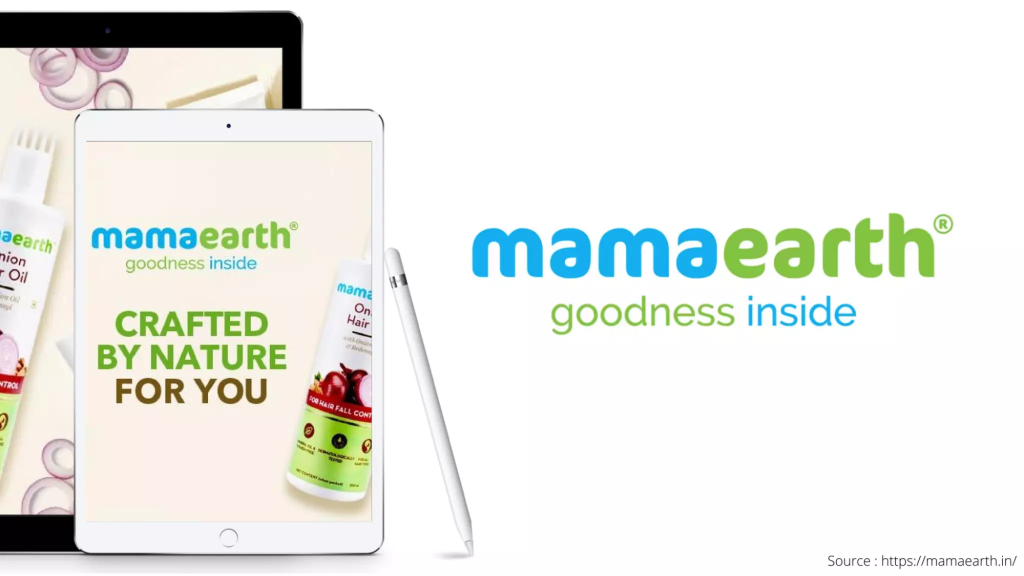
Through such a multi-channel approach, Mamaearth (launched in 2016) grew from a niche D2C startup to a unicorn by targeting young parents, building trust through influencers and educational content, and focusing on direct website sales.
Their trust-first, content-driven marketing strategy helped them outperform traditional and long-term competitors, such as Johnson & Johnson, Himalaya, and more rapidly.
B. Focus on Data, Analytics, and Retention
Data analytics serves as the backbone of successful D2C growth strategies, enabling companies to make informed decisions that connect with their target audience.
By analysing customer data such as demographics, purchasing history, and online behaviour, brands can segment their audience effectively for personalised marketing.
Specifically, D2C brands leverage analytics to:
- Provide personalised experiences that establish emotional connections
- Predict customer behaviour through historical purchase patterns
- Optimise pricing strategies based on customer preferences
- Enhance inventory management through demand forecasting
For sustainable growth, prioritise customer retention alongside acquisition.
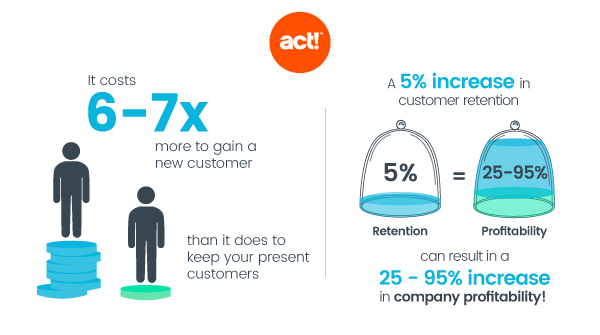
Source: Act!
Check this out: Increasing customer retention by just 5% can bring more than a 25% increase in profits. Furthermore, it’s 6-7 times cheaper to retain existing customers than acquire new ones.
You can implement loyalty programs that reward repeat purchases, and use data analytics to identify your highest-value customers who typically drive 80% of revenue.
By continuously analysing key metrics like customer lifetime value, retention rate, and repeat customer rate, you can identify friction points in your customer journey and address issues proactively.
What are the common pitfalls to avoid when starting a D2C brand?
So you’re all excited to build your D2C brand? Hold on just a minute! There are numerous hidden challenges that can derail even the most promising startups.
When launching a D2C brand, the common pitfalls to avoid are:
- Insufficient market research
- Not prioritising customer satisfaction
- Inconsistency in branding, and
- Not using analytics to make data-based decisions.
The key challenges include high customer acquisition costs. These costs have gone through the roof in recent years, making sustainable growth increasingly difficult.
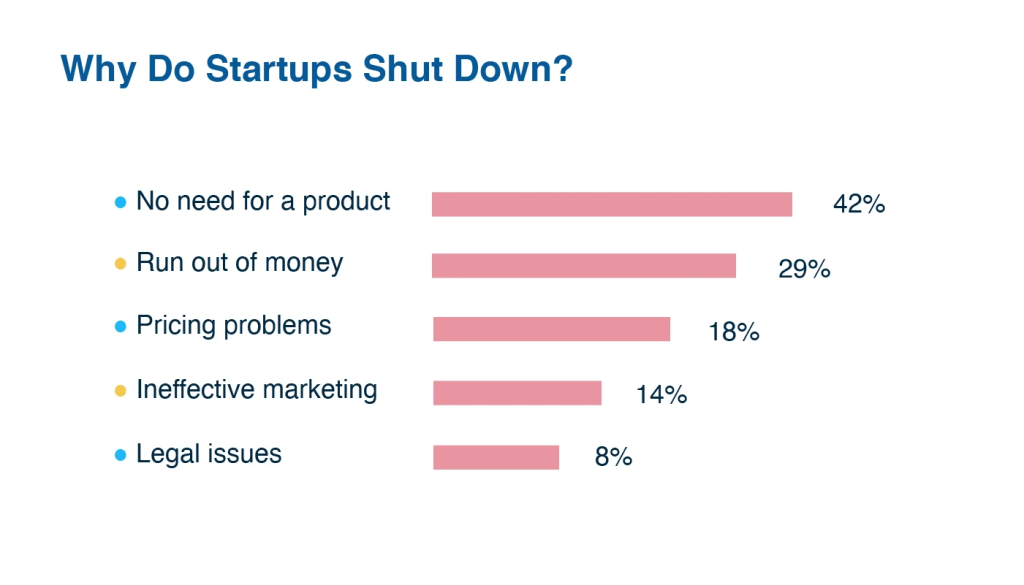
Source: Litslink
Did you know that 42% of startups fail because they create products with no real market need? 29% of them run out of money, 18% of them shut down because of pricing problems, 14% due to ineffective marketing, and 8% due to legal issues.
Generally, successful D2C brands stand out through:
- Strong brand storytelling
- Unique product features
- Superior customer experience
- Clear targeting of specific audience segments
By understanding these common pitfalls, you’ll navigate the challenging D2C landscape more effectively, giving your brand the best chance of success. And isn’t that what we all want?
Final thoughts
Launching a D2C brand from scratch is so much more than simply selling products. It includes creating experiences, building customer relationships, and consistent branding.
One of the best D2C growth strategies is to consistently put in effort in your research, development, and marketing – things will fall into place gradually.
Ready to build your own D2C success story? Get in touch with us.





























